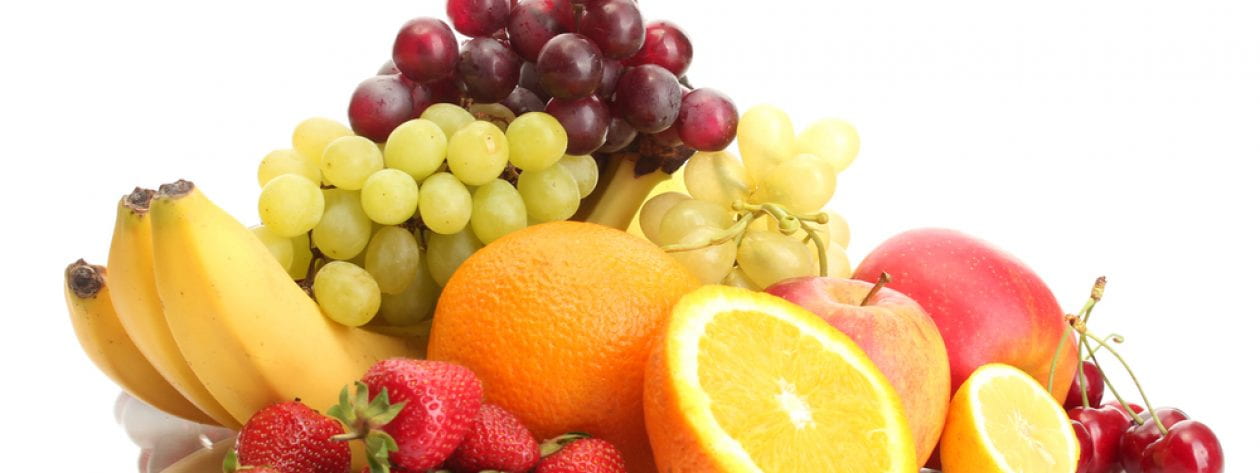
At Penn State, grilled chicken is a common item that can be found on the menu. Chicken is the number one protein consumed in the US. The National Chicken Council estimates that on average, individuals ate 84.7 pounds of chicken in 2014. Penn State itself purchases around 410,000 pounds of chicken breast a year! Should grilled chicken be a staple in your diet? Chicken can be prepared in many ways, including grilling, baking, frying and pan-searing. Not to mention all of the different sauces and marinades! One awesome benefit to choosing grilled chicken, such as what you can find on the menu at Penn State, is that it is often served plain and ready to add to any pasta or rice dish, salad, or entree without a protein source.
 Grilled chicken is easily considered a RHEAL item at Penn State campus dining facilities, making it a healthy option. What are your protein needs? If you are between ages 19-30, MyPlate recommends that women eat about 5 ½ oz. and men eat about 6 ½ oz (1 serving is the size of the palm of your hand). This 4 oz. portion served at Penn State could actually fulfill a large amount of your protein needs for the day! By eating the right portion of protein, you will have room on your plate and in your stomach for the other food groups (fruits, vegetables, grains and dairy). Of course, varying your protein source is just as important (you don’t need to eat grilled chicken every day!).
Grilled chicken is easily considered a RHEAL item at Penn State campus dining facilities, making it a healthy option. What are your protein needs? If you are between ages 19-30, MyPlate recommends that women eat about 5 ½ oz. and men eat about 6 ½ oz (1 serving is the size of the palm of your hand). This 4 oz. portion served at Penn State could actually fulfill a large amount of your protein needs for the day! By eating the right portion of protein, you will have room on your plate and in your stomach for the other food groups (fruits, vegetables, grains and dairy). Of course, varying your protein source is just as important (you don’t need to eat grilled chicken every day!).
Boneless, skinless chicken breasts are one of the leanest poultry selections and are great for maintaining a healthy weight. Chicken contains 8 essential amino acids, making it a complete protein. Complete proteins come from animal sources such as poultry, meat, dairy, eggs, fish, as well as soy and quinoa (a grain). When there is a complete protein, our bodies use the 8 essential amino acids to build a protein. Since these amino acids are essential, we only get them from food! Protein is key for active, young adults to provide energy, repair cells, and helps initiate digestion and metabolism. Chicken also contains iron and zinc to help with energy, skin health and the immune system. Other preparation methods of chicken can add extra calories and fat, but grilling is a low-fat cooking method that provides a savory, smoky flavor. So, if chicken is a staple in your diet, grilling is the way to go!
Resources:
“Chicken: The Preferred Protein for Your Health and Budget! – The National Chicken Council.” The National Chicken Council. N.p., n.d. Web. 02 July 2015. <http://www.nationalchickencouncil.org/chicken-the-preferred-protein-for-your-health-and-budget/>.
Photos adapted from: Jo, Pete Jelliffe









 cinnamon can improve the body’s response to eating high-fat meals. High-fat meals can lead to high levels of triglycerides (fat) in the blood. Cinnamon contributed to lowering the triglyceride response after meals and together, with antioxidant properties, cinnamon can reduce the risk of chronic disease. So, you can feel great about eating a meal spiced with cinnamon!
cinnamon can improve the body’s response to eating high-fat meals. High-fat meals can lead to high levels of triglycerides (fat) in the blood. Cinnamon contributed to lowering the triglyceride response after meals and together, with antioxidant properties, cinnamon can reduce the risk of chronic disease. So, you can feel great about eating a meal spiced with cinnamon!
